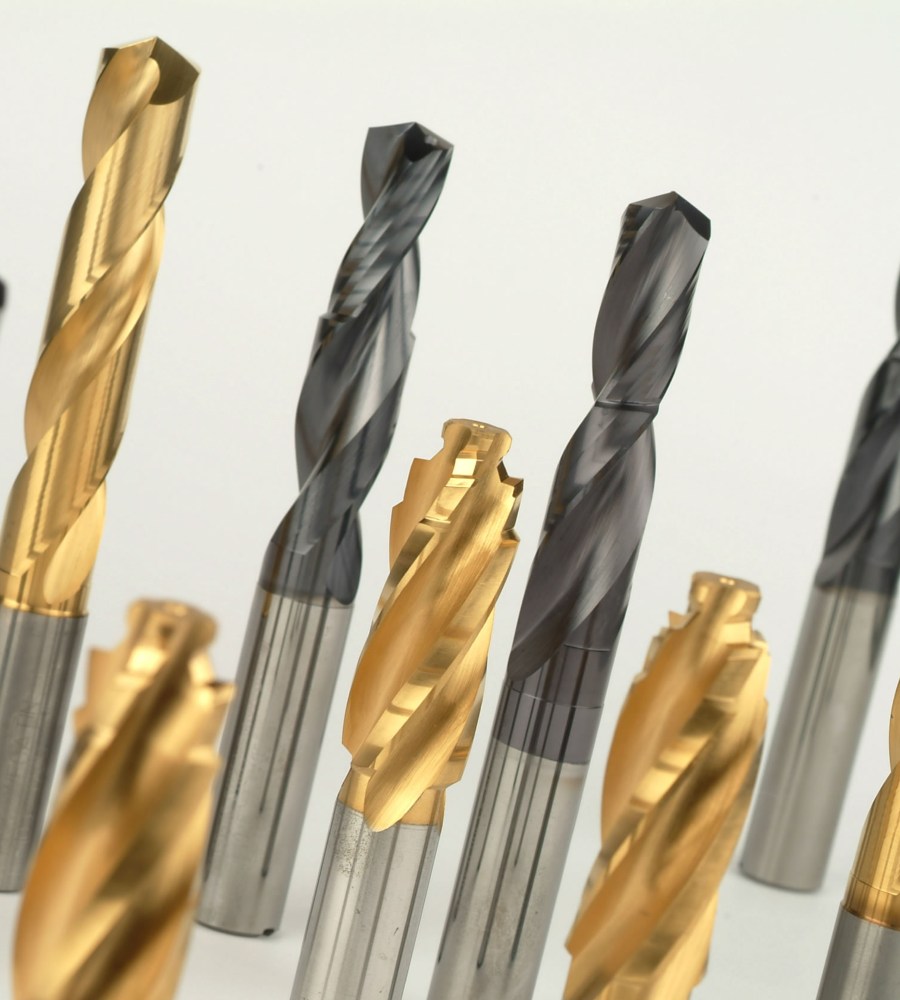Mechanical plating or Mechanical Galvanizing are an effective means of applying zinc, tin, or other ductile metals or mixtures of ductile metals to a metal substrate — usually steel. In the mechanical plating or mechanical galvanizing process, impact energy is transferred from a rotating open-ended oblique barrel through glass beads, resulting in the cold-welding of fine metal dust particles to the substrate. The resulting deposit is slightly porous, has a matte finish, and provides corrosion protection to the articles plated without introducing hydrogen embrittlement into the part. It is therefore used widely to provide corrosion protection to high-strength fasteners, particularly those above about Rockwell C40.

